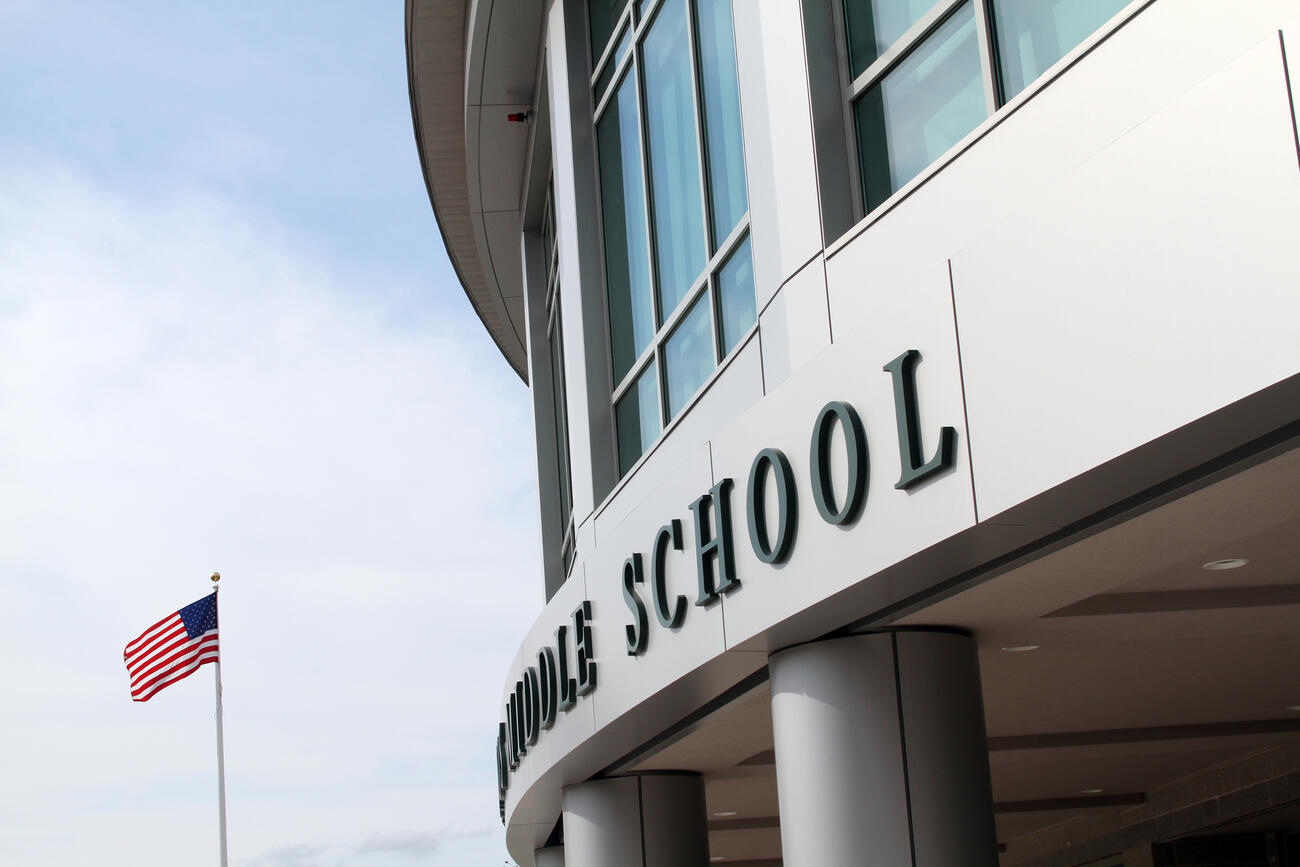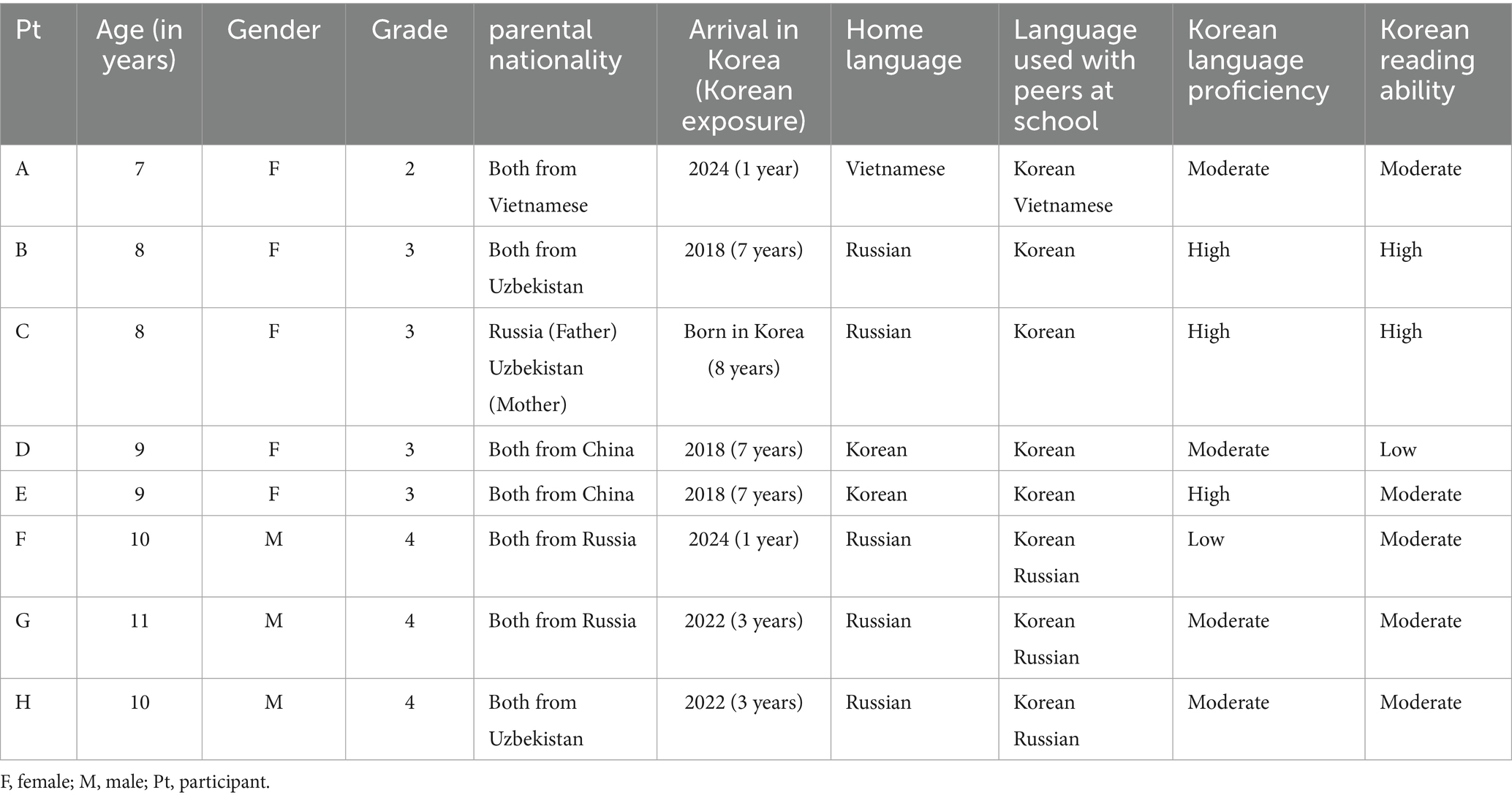Report on Public Education Reform Initiatives and Alignment with Sustainable Development Goals
Executive Summary
A federal initiative, supported by grassroots civil society organizations such as Defending Education, aims to reform public education in the United States. The stated objectives include reversing policies perceived as discriminatory and increasing parental oversight. This report analyzes these efforts through the framework of the United Nations Sustainable Development Goals (SDGs), with a particular focus on SDG 4 (Quality Education), SDG 10 (Reduced Inequalities), and SDG 16 (Peace, Justice, and Strong Institutions).
Alignment with SDG 4: Quality Education
The initiative seeks to redefine and ensure “quality education” by addressing curriculum content and institutional policies. The core objective is to foster an educational environment that promotes inclusive and equitable learning opportunities for all students.
- Inclusive and Equitable Education: The efforts are framed as a means to achieve a more equitable educational system by challenging policies that proponents believe are divisive and discriminatory, thereby ensuring all children have access to quality education.
- Parental and Community Involvement: A central tenet of the reform is the enhancement of parental oversight, which aligns with the principle of community engagement in educational governance to ensure quality and relevance.
Addressing SDG 10: Reduced Inequalities
A significant component of the reform movement involves challenging and reversing school policies alleged to be discriminatory. This directly corresponds with the objective of SDG 10 to reduce inequality and ensure equal opportunity for all, irrespective of race or other factors.
- Combating Racial Discrimination: The organization Defending Education has actively exposed instances of alleged racial segregation in public schools. This work aims to uphold the legal principle of non-discrimination, a cornerstone of SDG 10.
- Case Study – Evanston, Illinois: A specific case highlighted involves a superintendent who allegedly used race and sexual orientation as criteria for students returning to in-person learning post-pandemic. Such actions are presented as direct violations of non-discriminatory principles central to reducing inequalities.
- Legal Precedent: According to Erika Sanzi, Senior Director of Communications for Defending Education, there is a growing public awareness that discrimination on the basis of race is prohibited in public school settings, reinforcing the legal frameworks that support SDG 10.
Implications for SDG 16: Peace, Justice, and Strong Institutions
The movement’s activities also have strong implications for SDG 16, which promotes accountable and inclusive institutions at all levels.
- Institutional Accountability: By exposing and challenging school administrators and district policies, organizations like Defending Education function as accountability mechanisms, a key aspect of building effective and transparent institutions.
- Rule of Law: The fact that some educators and administrators are now facing legal charges for their alleged discriminatory practices underscores the commitment to upholding the rule of law within the educational system. This reinforces the principle of equal access to justice and ensures that public officials are held accountable for their actions.
Analysis of Sustainable Development Goals (SDGs) in the Article
1. Which SDGs are addressed or connected to the issues highlighted in the article?
-
SDG 4: Quality Education
- The article’s central theme is the effort to “transform public education.” It discusses the content of education (combating “radical woke anti-American ideologies”) and the environment in which education is delivered, directly relating to the quality and nature of the educational system.
-
SDG 10: Reduced Inequalities
- The article explicitly addresses “widespread racial discrimination” in schools. It provides a specific example of a superintendent who allegedly “segregated students based on race” and made decisions based on “race and sexual orientation.” The core mission of the group Defending Education, as portrayed, is to combat these inequalities.
-
SDG 16: Peace, Justice and Strong Institutions
- The article touches upon governance and justice within the educational system. It mentions reversing “past policies,” the blocking of “parental oversight,” and the legal consequences for discriminatory actions, as some educators are now “facing charges.” This relates to creating just, accountable, and inclusive institutions.
2. What specific targets under those SDGs can be identified based on the article’s content?
-
Target 4.a: Build and upgrade education facilities that are child, disability and gender sensitive and provide safe, non-violent, inclusive and effective learning environments for all.
- The article’s focus on eliminating segregation and discrimination based on race and sexual orientation directly supports the goal of creating “inclusive and effective learning environments for all.” A discriminatory environment is inherently non-inclusive.
-
Target 10.3: Ensure equal opportunity and reduce inequalities of outcome, including by eliminating discriminatory laws, policies and practices and promoting appropriate legislation, policies and action in this regard.
- The work of Defending Education to expose and challenge school administrators who “segregated students based on race” is a direct action aimed at eliminating discriminatory practices. The quote, “you cannot discriminate on the basis of race, period, in a public school setting,” reinforces the goal of upholding non-discriminatory policies.
-
Target 16.7: Ensure responsive, inclusive, participatory and representative decision-making at all levels.
- The article mentions that a key issue being addressed is the “blocking [of] parental oversight.” The formation and growth of “Grassroots organizations” to combat these issues represent a push for more inclusive and participatory decision-making in the governance of public education.
-
Target 16.b: Promote and enforce non-discriminatory laws and policies for sustainable development.
- The article highlights that as a result of being exposed, “some of the educators and administrators… are facing charges.” This is a clear example of the enforcement of non-discriminatory laws, which is the central aim of this target.
3. Are there any indicators mentioned or implied in the article that can be used to measure progress towards the identified targets?
-
Number of legal actions or official complaints regarding discrimination in schools.
- The article implies this indicator through its description of Defending Education’s work in “exposing school administrators and districts” and the fact that some are now “facing charges.” An increase in such reported cases could indicate greater awareness and enforcement, while a decrease could indicate a reduction in discriminatory practices.
-
Existence of policies and mechanisms for parental oversight in school governance.
- The article identifies “blocking parental oversight” as a problem. Therefore, a relevant indicator would be the number of school districts that have established or strengthened formal channels for parental involvement in decision-making, directly measuring progress against this issue.
-
Number of school policies revised to eliminate discriminatory practices.
- The White House’s goal to “reverse past policies” that led to discrimination implies that a key measure of success would be the number of discriminatory policies that are officially rescinded or amended by school districts.
Summary Table of Identified SDGs, Targets, and Indicators
| SDGs | Targets | Indicators (Implied from Article) |
|---|---|---|
| SDG 4: Quality Education | 4.a: Provide safe, non-violent, inclusive and effective learning environments for all. | Number of school policies revised to eliminate discriminatory practices. |
| SDG 10: Reduced Inequalities | 10.3: Ensure equal opportunity and reduce inequalities of outcome, including by eliminating discriminatory… policies and practices. | Number of legal actions or official complaints regarding discrimination in schools. |
| SDG 16: Peace, Justice and Strong Institutions | 16.7: Ensure responsive, inclusive, participatory and representative decision-making at all levels.
16.b: Promote and enforce non-discriminatory laws and policies. |
Existence of policies and mechanisms for parental oversight in school governance.
Number of administrators held accountable (e.g., facing charges) for discriminatory actions. |
Source: foxbaltimore.com







